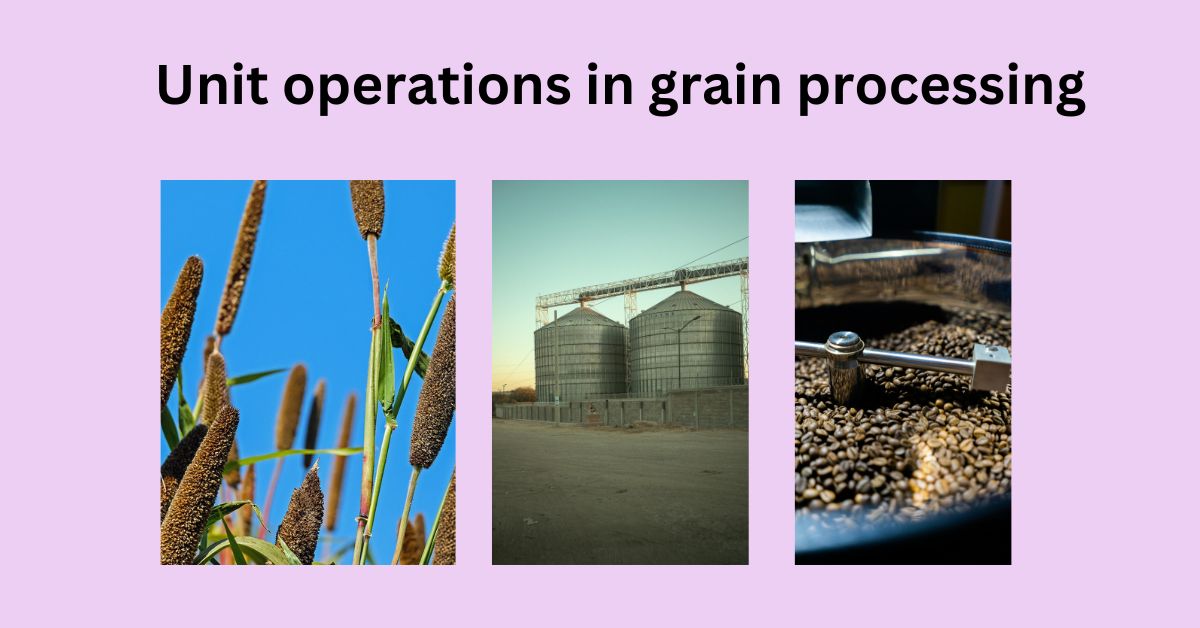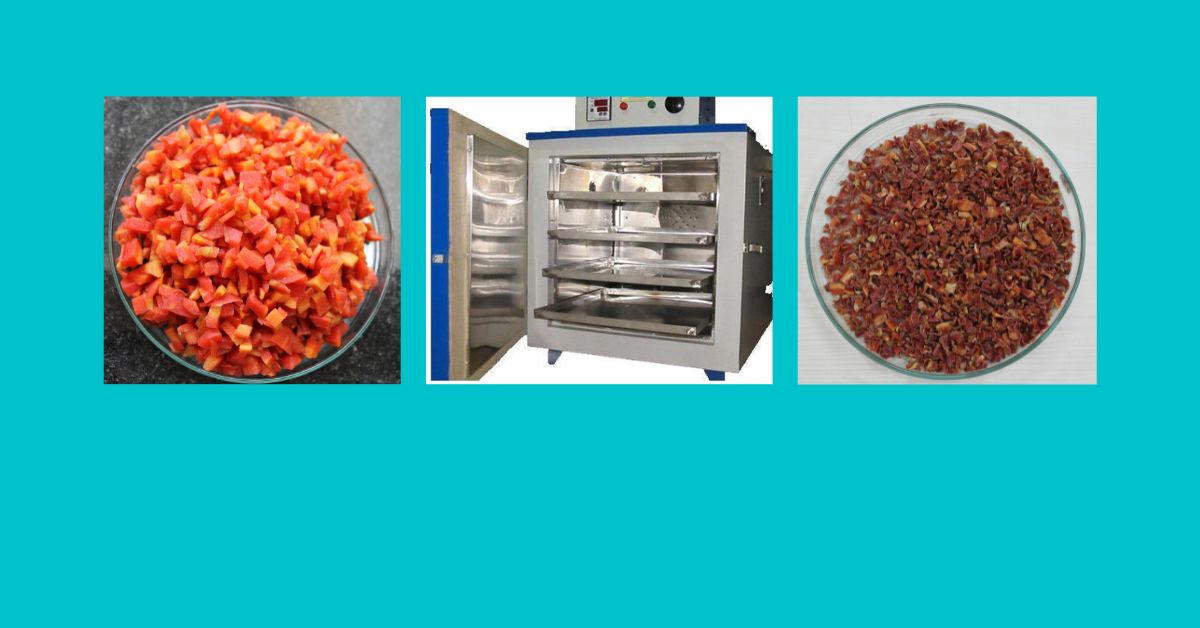Unit operations in grain processing
Grain processing involves a series of physical and chemical transformations that convert raw grains into value-added products. These operations enhance the nutritional, sensory, and storage qualities of grains. The unit operations also expand usability of grains in diverse culinary and industrial applications.
The term “unit operations” refers to the series of fundamental steps involved in processing, which are often categorized by their underlying principles such as separation, size reduction, heat transfer, mass transfer etc. Each unit operation is designed to achieve specific objectives, ensuring efficiency and consistency in the final product.
Key Unit Operations in Grain Processing
Common unit operations in grain processing are as follows.
- Cleaning and Grading: his is the first step in grain processing remove , and . Cleaning involves the removal of impurities such as dust, stones, chaff, immature/damaged grains and other foreign materials from raw grains. Cleaning ensures the final product quality, safety and uniformity. Grading, on the other hand, classifies grains based on different parameters such as size, shape, and weight, catering to specific market or processing needs.
- Separation: Separation is vital in grain processing as it removes unwanted materials like husks, bran, or contaminants, ensuring food safety and quality. Additionally, it improves processing efficiency by ensuring uniformity in subsequent operations. Techniques such as sieving, winnowing, and centrifugation are employed to separate different components of the grain or to isolate valuable fractions like bran, germ, and starch.
- Dehulling or dehusking: Dehulling is the process of removing the outer husk or hull from grains like rice and some millets. These steps improve digestibility, cooking properties, and product aesthetics. For example, some millets has outer tough coat (husk/hull) which need to remove before consumption. Dehusker is used to remove husk of millets. This process improves the nutritional quality and digestibility of the millet grains.
- Size Reduction: Size reduction in grain processing is beneficial for several reasons. It enhances the versatility of grains by producing flours, grits, or semolina suitable for diverse culinary and industrial applications. Size reduction also improves the digestibility of grains, making nutrients more bioavailable. These operations are tailored to the intended end-use, whether for baking, brewing, or ready-to-eat products. Furthermore, it facilitates better mixing and blending during food formulation and improves the texture and consistency of the final product.
- Thermal Processing: Heating operations such as drying, roasting, steaming, and parboiling alter the physical and chemical properties of grains. These changes improve flavor, shelf life, and nutritional quality. For example, drying reduces the moisture content of grains to ensure storage stability and prevent microbial growth.
Once core processing operations are completed, packaging, storage, and transportation ensure the quality, safety, and usability of processed grains. These operations are critical for the supply chain. Packaging protects grains from moisture, pests, contamination, and physical damage. Storage maintains grain quality by controlling temperature, humidity, ensuring long shelf life and preventing spoilage. In transportation step, grains are delivered to markets or processing units without compromising their quality through proper handling and logistics.




